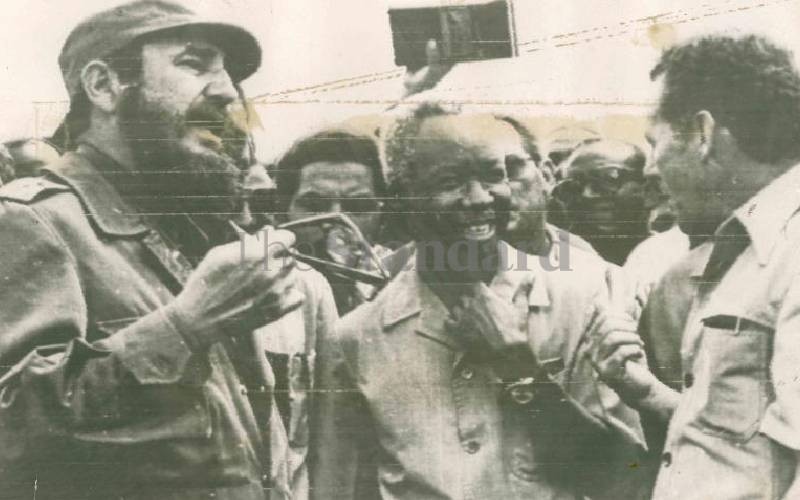
Monday is the 60th anniversary since signing of the treaty that brought together mainland Tanzania, then called Tanganyika, and the islands of Zanzibar to form the United Republic of Tanzania on April 22, 1964.
Unknown by many, the creation of Tanzania was a hurriedly crafted move to avoid possible military showdown between the United States and the Soviet Union. At the time, eastern Africa was one of the hotbeds of East-West superpower ideological rivalry that often spilled into armed confrontation through proxies. The capitalist US and communist USSR regarded the eastern African coast as crucial in controlling the strategic Indian Ocean corridor as well as a penetration point to the mineral-rich eastern Congo.